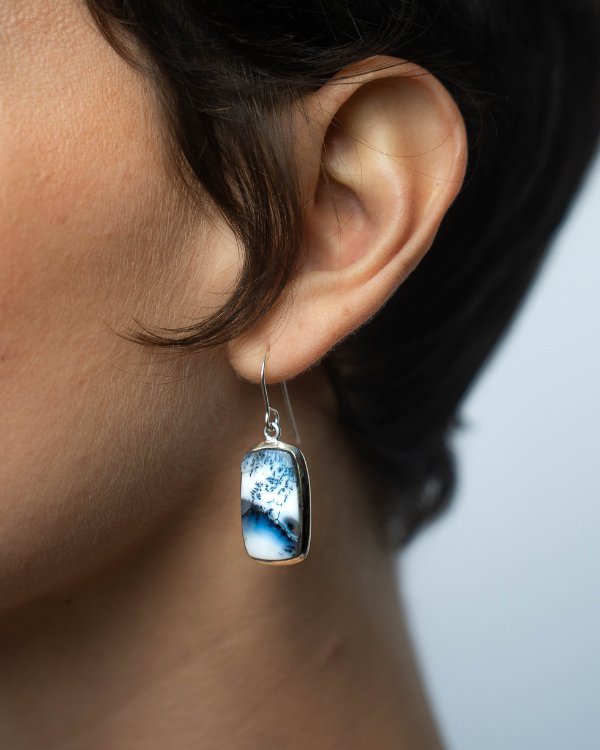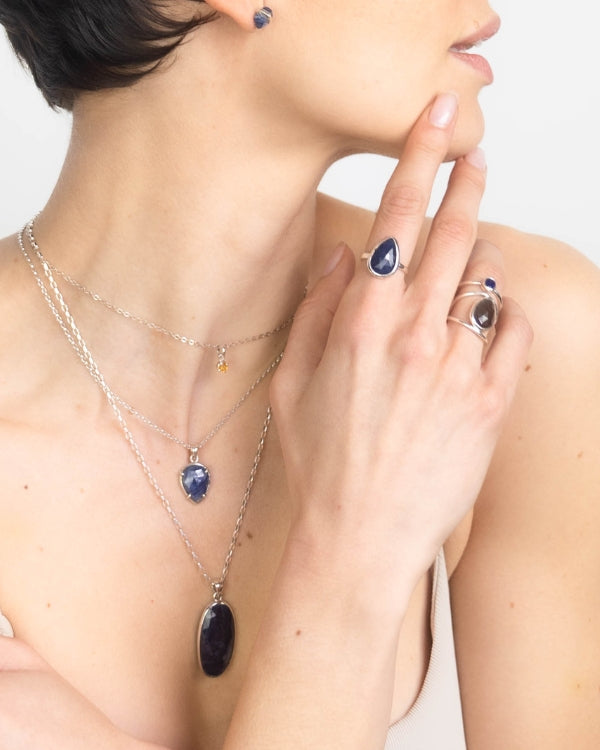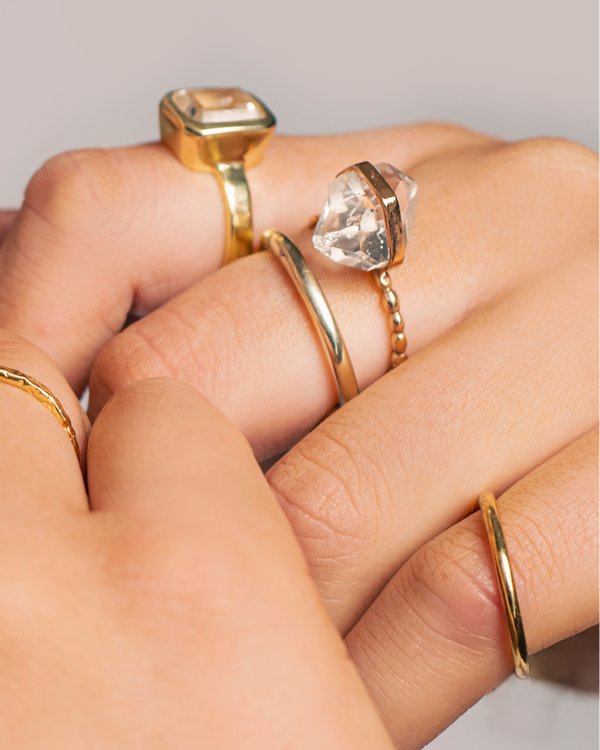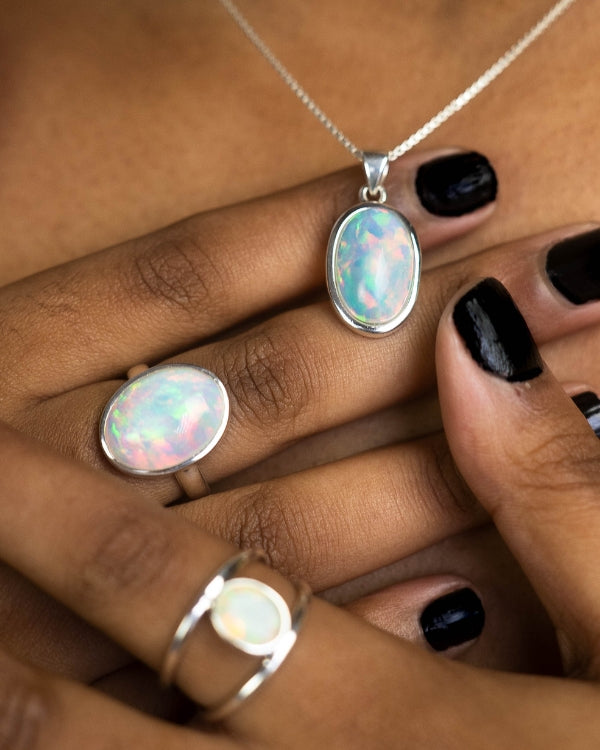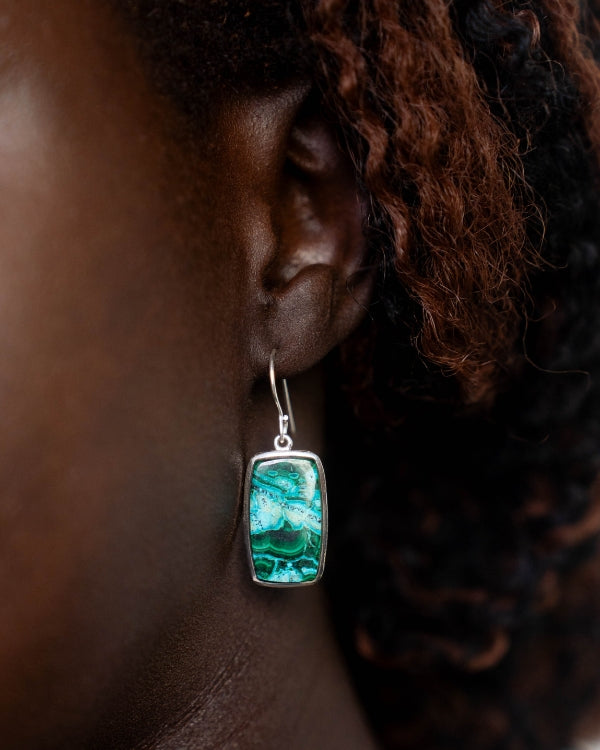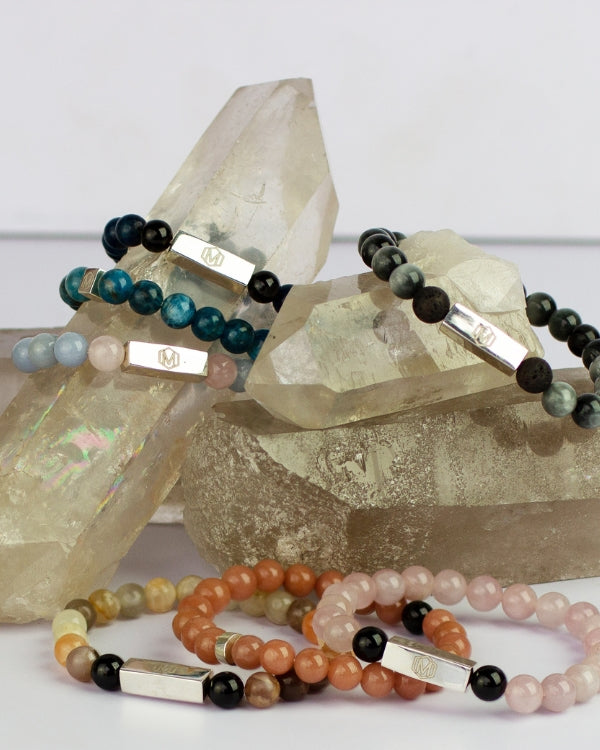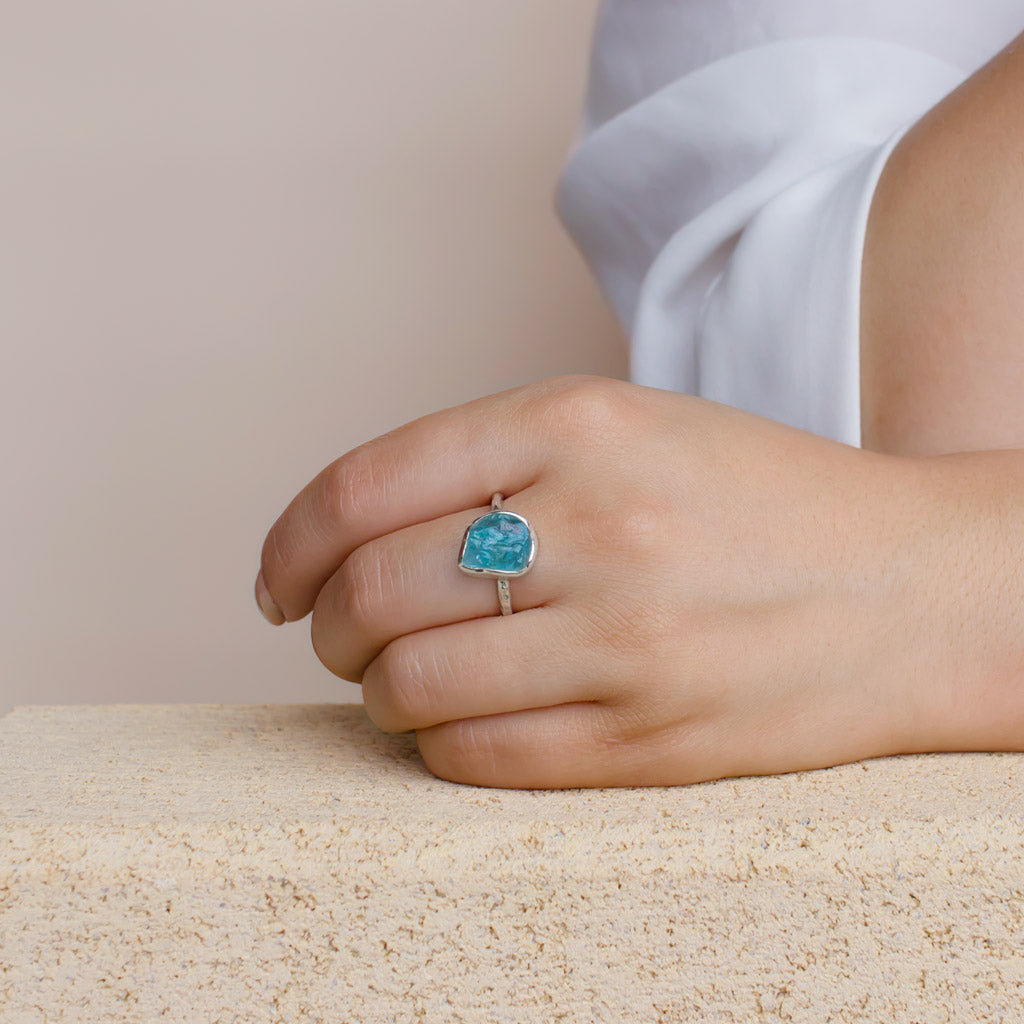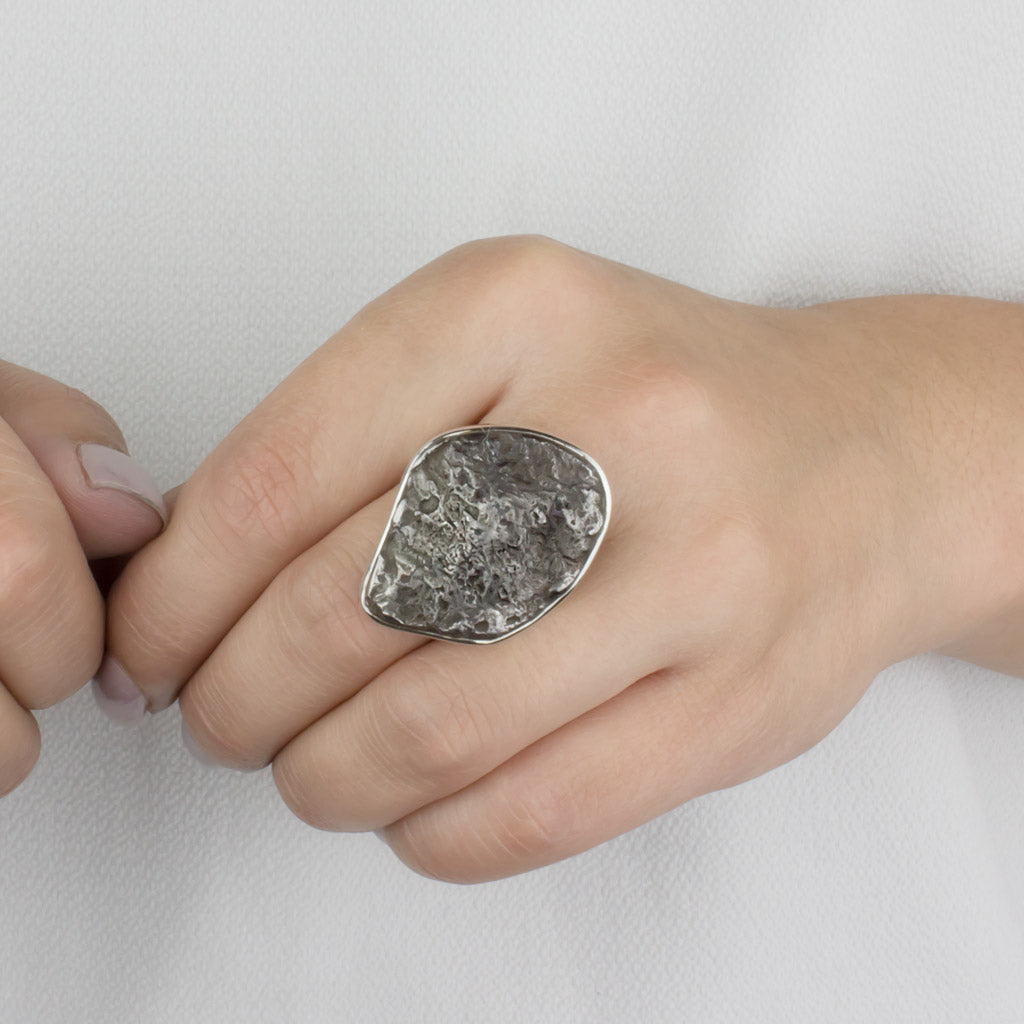
Fossils are incredible feats of nature and are fascinating to people of all professions not just rock lovers. The concept of a once living creature being preserved throughout the eons for us to view and study, sometimes millions of years later, is certainly astonishing.
Fossilised dinosaur skeletons grace the halls of natural history museums around the world and are a well-known representation of these Jurassic beasts. The jewellery world doesn’t always work with these prehistoric minerals however ‘gem bone’ is curiously beautiful and used in jewellery for its colour, pattern and gem qualities.
Gem bone is mineralised bone, dating back to the Jurassic period some 150 million years ago, that has retained the internal webbed structure of individual cells. The vertebra of the giant beasts tends to be the more common bone pieces found this way as they remain whole and less likely to fracture over time due to their rounded shape. When sliced open the result is spectacular display of colours and patterns of the once life filled bone.
Found in Wyoming and the Colorado Plateau in the USA, gem bone is considered a geological miracle of nature because of the astronomically slim odds of a dinosaur bone not only becoming a fossil, but also doing so in such perfect conditions with gem quality minerals present. The fossilisation process can take many forms; more commonly with dinosaurs their dead bodies were eaten, crushed or eroded away before the process can begin. The partially decayed and eroded bones were slowly under layers of clay, sand and dead plant life where water and other sedimentary materials and mineral rich ground waters encased the bones creating an environment where permineralisation could take place.
The debate over the exact conditions in which gem bone forms presents a variety of theories however they all draw a similar conclusion. The only bones likely to have formed into gem bone are those that were buried quickly before erosion could take place. A myriad of minerals including silica, iron, calcium, magnesium, copper, sulphur, manganese, chromium and carbon in the form of Calcite, Agate, Quartz and Hematite crystalised within the cavities and cells replacing and replicating the flesh and bone left behind. The process takes millions of years and the right balance of heat, pressure and mineral sources are required just the same as the formation of any crystal. During this period of time there was a great deal of volcanic activity as well as meteorites causing intense heat and changes to the geological environment and would have contributed to the successful fossilisation of gem bone.
Like any colourful, patterned gemstone, Gem bone is a great stone to set into jewellery; with a hardness of 6 – 7 it’s durable enough to wear as a ring or pendant. Bunny Bedi, owner and designer at Made in Earth discusses our Jurassic jewels.
“This is one of the intriguing gemstones that I have come across in my travels. The history, the beauty, the colours! Not only do these pieces look amazing they have a great story to follow and that excites our customers. The different shades of reds, oranges, yellows, pinks, purples and translucent pockets perfectly capture the essence of this magnificent fossil. We have great success selling fossils in our jewellery collection as they’re all completely unique and intriguing talking pieces.”
Jewellery is not just about objects of beauty and desire but also about the stories they tell, the significance of particular stones and of course the history. Gem bone has it all.
Discover our Gembone Collection

